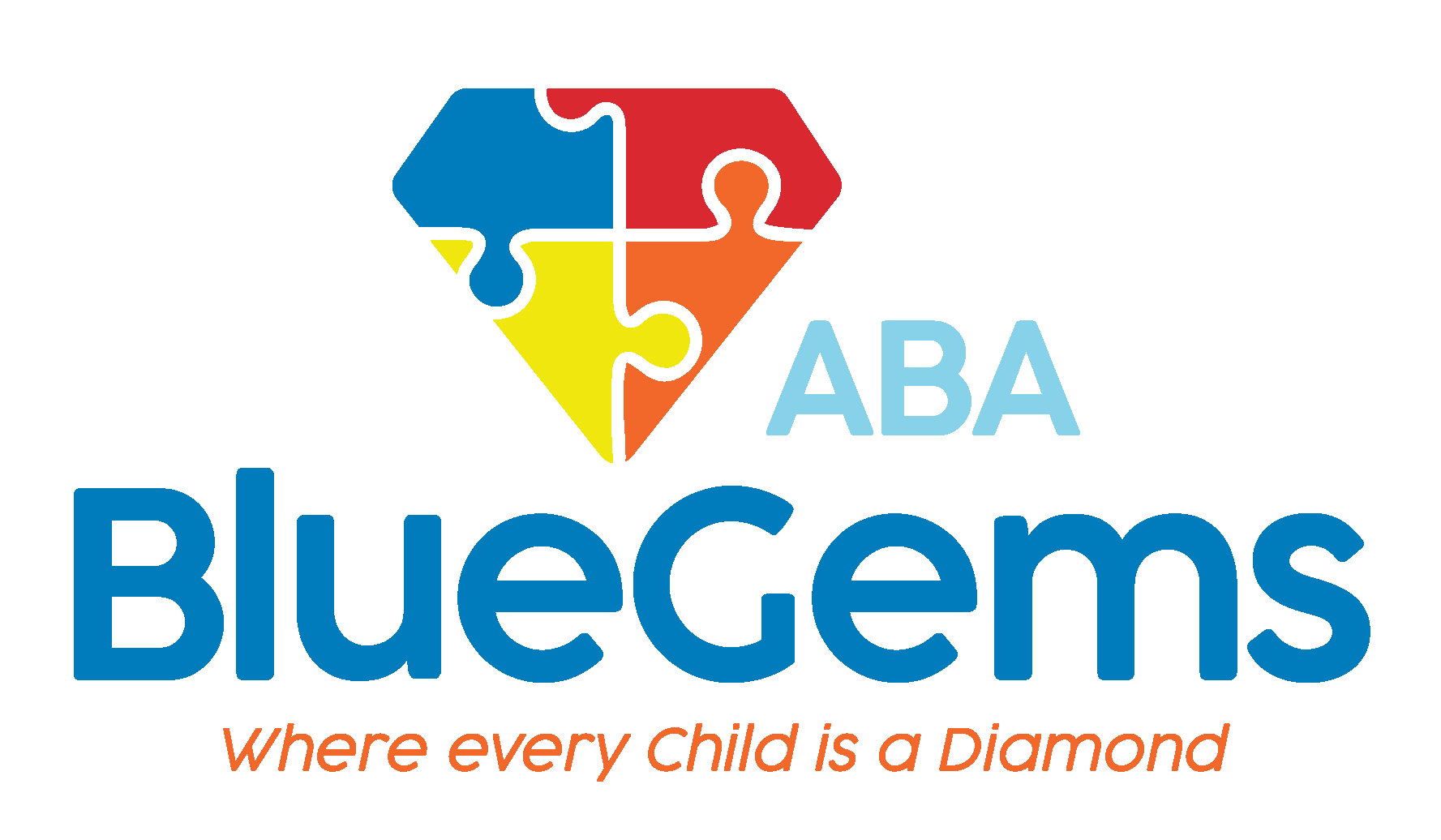Regulating Emotions and Autism
People who have autism face many challenges that they deal with on a daily basis. Some of the common challenges include communication, social interaction and regulating emotions.
Children with autism spectrum disorder (ASD) might not be able to fully comprehend what emotions they are feeling1. This may cause them anxiety, frustration and/or stress.
In addition, since they might have trouble expressing how they are feeling, they might not be able to get what they need or what they want in a moment — which can lead to further frustration.
At times, children on the autism spectrum may get overwhelmed in new situations or in large crowds, for instance, which causes them to have trouble regulating their emotions.
There are many reasons why children with autism may have trouble regulating their emotions, and many ways in which they can be supported in this regard.
We’ll discuss both of those topics below.
Table Of Contents
How Do Children with Autism Experience Emotions?
Children on the autism spectrum experience emotions in the same way that their neurotypical peers do. The big difference between them and others is why they experience big emotions and how they react to them.
Children with autism might experience strong emotions2 due to challenges they face with communication deficits, trouble understanding normal social cues and certain sensory stimuli, for example.
Some children have particular sensitivities to certain sensory stimuli. For instance, they might struggle with loud noises, strong odors or bright lights.
This can make them feel stressed and anxious and easily overwhelmed. And when children with autism face these big emotions, they might not know how to react to them, leading to outbursts.
Why Do Children with Autism Face Emotional Challenges?
In much the same way that they might not be able to communicate as effectively as their peers, children with autism might face emotional challenges that others don’t. They may have to face sensory dysfunction3 that isn’t common in other children, for example.
If they become easily overwhelmed by loud sounds, for example, they might have trouble getting through a typical day in a large classroom or driving in a car when big trucks pass by.
These big emotions can easily lead to big outbursts, because the children simply don’t know how else to react. Since they might also lack the ability to effectively communicate how they feel, they act out as they struggle regulating their emotions.
What are Some Ways Children with Autism Deal with Emotions?
Children who have autism may exhibit self-stimulatory behavior in response to feeling overwhelmed in a situation. In order to cope with what they’re feeling, and calm themselves, they do what’s called stim.
Stimming comes in many different forms, and is actually common in all people, regardless of their developmental abilities. It’s just that it’s more prominent in people who have autism.
Some examples include biting nails or tapping your feet when you’re nervous. It could also be staring at moving objects such as a ceiling fan.
Children on the autism spectrum can stim in a number of ways, though it’s almost always done to help them cope and regulate their emotions.
How Are Emotions Treated for Children with Autism?
Applied behavioral analysis, or ABA therapy, is considered the gold standard of treatments for children with ASD. It seeks to build children’s social, communication and daily life skills through positive reinforcement, repetition and breaking down tasks into easily-digestible steps.
ABA therapy also can help children regulate their emotions when they’re feeling overwhelmed, stressed, anxious or anything else. The targeted therapy will help them to get their stimming under control and to stim in a positive way — where appropriate and in non-harmful ways.
ABA therapy is a science- and evidence-based approach to learning and behavior that seeks to modify behaviors over time. Through the repetition of the treatment, ABA therapists can identify some of the triggers for children with autism and then work to help them regulate their emotions in a better way.
Trust Blue Gems ABA with Your Child’s Treatment
Children on the autism spectrum often struggle with regulating their emotions. They may not fully understand what they are feeling and/or have difficulties expressing their emotions in a way that they can get the help and the support they need.
This is something that ABA therapy can address successfully, especially when started early.
At Blue Gems ABA, our team of therapists work one-on-one with patients every day, helping them to cope and regulate their emotions. We build personalized treatment plans that are customized to each individual child’s unique strengths and weaknesses, making the plan more effective.
To learn more, please contact us today.




